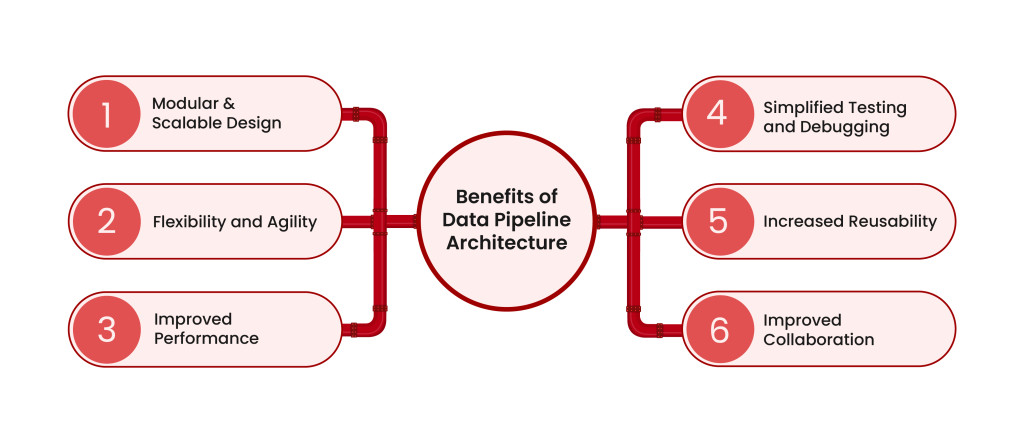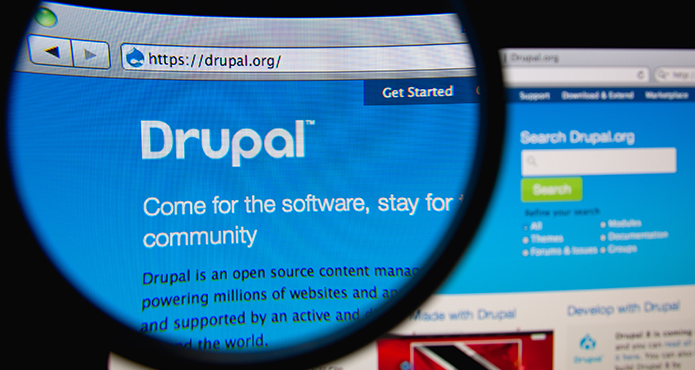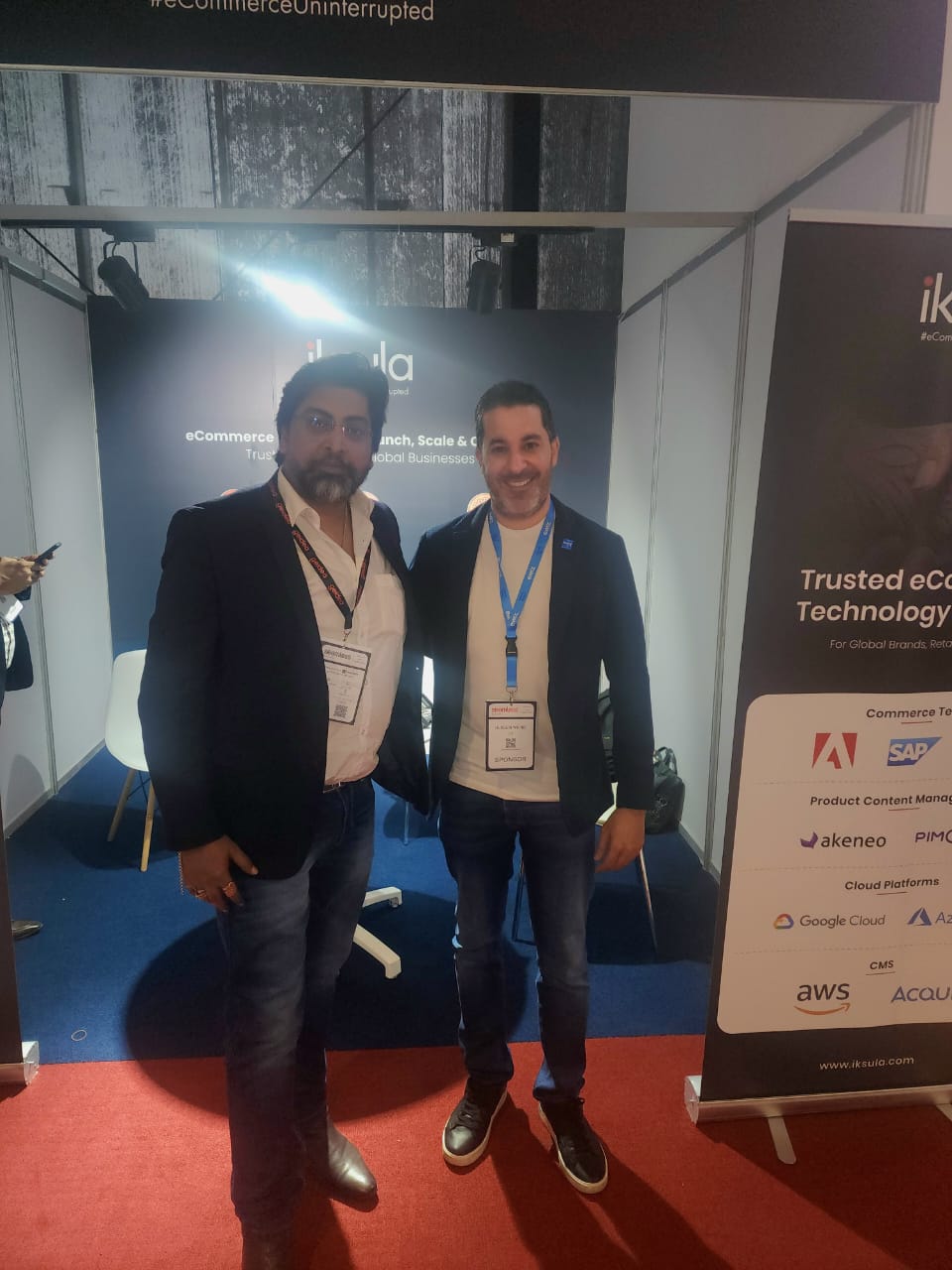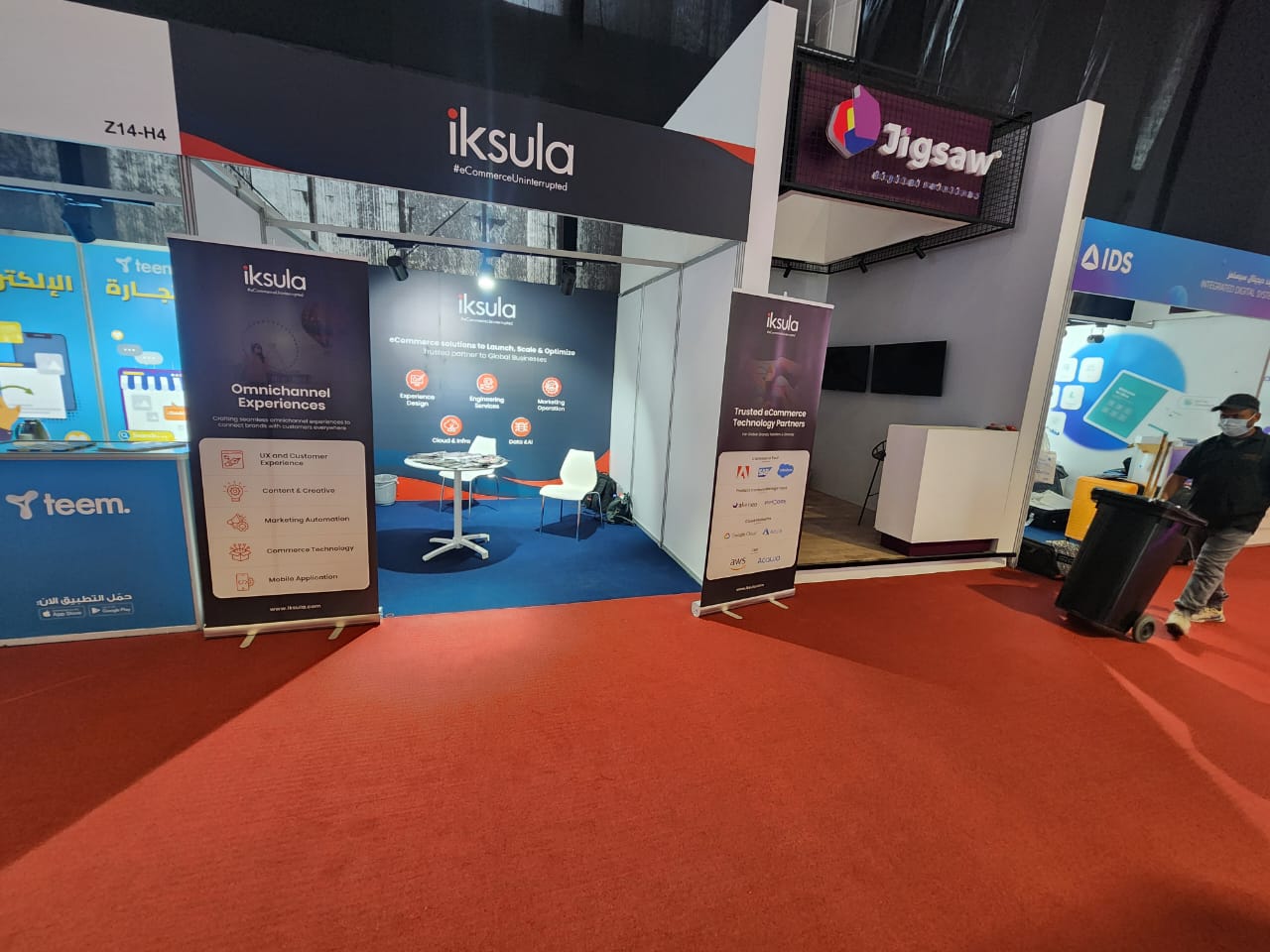In today’s business landscape, speed is the ultimate competitive advantage. From e-commerce personalization to predictive maintenance in manufacturing, enterprises demand insights not tomorrow—but now. Customer preferences shift in an instant, market conditions fluctuate unpredictably, and operational data streams in from a thousand different sources. For many organizations, the painful reality is this: they are drowning in data but starving for insights. The traditional approach of waiting for overnight reports—the “batch and wait” model—is like trying to navigate a modern highway using a map from last month. You might eventually get there, but you’ll have missed every crucial turn along the way.
The solution lies in building a modern, agile data infrastructure. At the heart of this transformation is the modern data pipeline—no longer just a piece of IT plumbing, but the central nervous system of a truly data-driven enterprise. This blog will explore how these pipelines have evolved from their traditional predecessors to become a strategic asset, unlocking immediate value and a formidable competitive edge.
What is a Data Pipeline? The Foundational Concept
At its core, a data pipeline is an automated process for moving and transforming data from one or more sources to a destination where it can be stored and analyzed. Think of it as the sophisticated plumbing system for your entire organization. Just as plumbing ensures water flows reliably from the reservoir to your tap, a data pipeline ensures a steady, clean, and organized flow of information from its source to the decision-makers who need it.
A well-architected pipeline typically involves four key stages:
- Ingestion: This is the starting point, where data is collected from a myriad of sources. This could include transactional databases (like PostgreSQL or MySQL), application logs, CRM platforms (like Salesforce), ERP systems, and real-time streams from IoT sensors.
- Processing: Here, the raw data is refined. It can be cleaned (fixing inconsistencies), transformed (changing formats, aggregating values), and enriched (combining it with other data sources to add context). This step is crucial for ensuring data quality and reliability.
- Storage: The processed data is then loaded into a destination repository. This could be a cloud data warehouse like Snowflake, BigQuery, or Redshift for structured data, or a data lake like S3 or Azure Data Lake Store for vast amounts of raw, unstructured data.
- Serving and Analysis: Finally, the data is made available to end-users. This is where business intelligence tools (like Tableau or Power BI), data scientists working in Jupyter notebooks, and operational applications access the trusted data to generate insights, build dashboards, and power AI models.

The Anatomy of a Data Pipeline
- Ingestion: Collect data from all your sources.
- Processing: Clean, transform, and enrich the data.
- Storage: Load data into a central repository.
- Serving: Deliver trusted data for analysis and AI.
This automated flow eliminates manual, error-prone processes and creates a single source of truth for the entire organization. Modern data pipelines are not just about data transfer—they are about continuous data movement, observability, and real-time decision enablement. They can process structured, semi-structured, and unstructured data from multiple sources simultaneously while maintaining data quality and governance.
Data Pipeline vs. ETL: Key Differences
When discussing data pipelines, the term ETL inevitably comes up. To understand the value of modern pipelines, it’s essential to understand how they differ from their traditional ETL ancestors.
ETL, which stands for Extract, Transform, Load, was the gold standard for data integration for decades. It was designed for a specific, batch-oriented world.
Let’s break down the key differences
| Feature | ETL (Extract, Transform, Load) | Modern Data Pipeline |
|---|---|---|
| Processing Model | Batch-Oriented: Scheduled in large chunks (e.g., nightly) | Flexible: Supports both Batch and Real-Time |
| Primary Goal | Populate a centralized Data Warehouse for historical reporting | Enable a wide range of use cases, from BI to real-time apps |
| Scalability | Limited | Highly Scalable (Cloud-Native) |
| Infrastructure | Often on-premise, monolithic, and hard to scale | Cloud-native, scalable, and built with microservices |
| Use Case | Traditional Data Warehousing | Real-time analytics, ML pipelines, event streaming |
The most significant shift is in the processing model and philosophy. Traditional ETL is like a cargo train: highly efficient for moving large, scheduled shipments, but inflexible and slow. You have to wait for the train to be loaded (Transformed) before it can depart.
A modern data pipeline, on the other hand, is like a network of autonomous vehicles. It can handle large shipments (batch) but is also adept at managing a continuous, real-time flow of small packages (streaming), routing them intelligently and efficiently to their destination. In short, while ETL is a subset, a modern data pipeline is a superset—a dynamic architecture that integrates not just extraction and transformation but also streaming, orchestration, and monitoring.
Is ETL a Data Pipeline?
The answer is a definitive yes, but with a critical nuance.
A helpful analogy is to think of vehicles. ETL is a specific, well-established type of data pipeline, much like a sedan is a specific type of vehicle. It’s reliable, purpose-built, and perfect for a known set of roads (scheduled batch loads to a data warehouse).
However, the modern business environment requires a more diverse fleet. You might need a sports car for high-speed streaming data, an SUV to handle rough, unstructured data in a data lake, and a self-driving truck for complex, AI-powered data flows.
So, while the statement “All ETL is a data pipeline” is true, the inverse is not: “Not all data pipelines are ETL.” The shift in terminology from ETL to “data pipeline” reflects a fundamental evolution in philosophy—from a rigid, batch-centric process to a dynamic, continuous, and business-centric flow of data.
ETL is a form of data pipeline, but not all data pipelines follow the ETL model.
Here’s why:
- ETL focuses solely on the extraction, transformation, and loading of data into a warehouse, typically at scheduled intervals.
- Data pipelines, on the other hand, can support real-time streaming (ELT or reverse ETL), feed machine learning models, and integrate with APIs, cloud applications, and analytics systems simultaneously.
For example: A retail company might use ETL to consolidate daily sales reports into a BI dashboard every night. But with a modern data pipeline, the same company can stream purchase data in real time, personalize product recommendations instantly, and trigger marketing automation workflows—all within seconds.
So, while ETL is one “road,” a data pipeline is the entire network of interconnected highways that enable real-time movement and transformation of information.
Why Modern Data Pipelines are Critical for Real-Time Insights
Modern data pipelines represent a significant shift in how businesses perceive and utilize data. Here’s what makes them indispensable:
a. Speed and Agility
Modern pipelines use event-driven architectures and distributed computing to process data instantly. This allows businesses to detect trends, respond to issues, and capitalize on opportunities as they happen.
b. Automation and Intelligence
With built-in orchestration, scheduling, and error handling, pipelines eliminate manual intervention. When integrated with AI and ML, they can automate tasks like anomaly detection, data quality checks, and predictive recommendations.
c. Scalability and Flexibility
Cloud-native pipelines scale automatically based on workload. Whether you’re handling gigabytes or petabytes of data, the performance remains consistent.
d. Enhanced Data Governance
Modern pipelines include version control, lineage tracking, and access management, ensuring that every data movement is traceable and compliant with privacy regulations.
e. Cost Efficiency
By adopting a modular and serverless approach, organizations pay only for the resources they use—reducing infrastructure and operational costs.
Use Cases of Modern Data Pipelines
Use Case 1: Real-Time Customer Personalization
- Scenario: A major e-commerce platform.
- How it Works: As a user browses the site, every click, hover, and search query is captured as a streaming event. A modern data pipeline (using technologies like Kafka and Flink) ingests this clickstream data in real-time. It processes it instantly to update a live customer profile, which is then queried by the website’s recommendation engine. The result? The “You Might Also Like” section updates dynamically with every action, showing highly relevant products.
- The Value: This dramatically increases conversion rates and average order value. Instead of seeing recommendations based on last week’s batch job, the customer feels understood in the moment, creating a powerful and personalized shopping experience.
Use Case 2: Unified Operational Dashboards
- Scenario: A mid-sized company struggling with data silos.
- How it Works: A modern data pipeline consolidates data from disparate sources—Salesforce (CRM), NetSuite (ERP), Zendesk (Support), Google Analytics (Web), and marketing platforms—into a central cloud data warehouse like Snowflake. The pipeline, operating on a frequent micro-batch or streaming basis, ensures this data is refreshed every 15 minutes, not every 24 hours.
- The Value: Leadership and department heads gain a holistic, up-to-the-minute view of business performance. They can see the direct correlation between a marketing campaign, the influx of support tickets, and sales conversions on a single, trusted dashboard, enabling faster and more informed strategic decisions.
The Role of AI in Modern Data Pipelines
AI is redefining what data pipelines can achieve. By embedding machine learning and agentic intelligence directly into the pipeline, businesses can shift from reactive reporting to proactive intelligence.
AI models can:
- Detect anomalies in data streams automatically.
- Predict customer churn or demand fluctuations.
- Optimize data routing based on usage patterns.
- Classify and tag unstructured data (like images or text).
This convergence of data engineering and AI is what transforms a pipeline into a living, learning system—one that continuously improves the quality, accuracy, and relevance of insights delivered.
Conclusion: The Road Ahead for Real-Time Intelligence
In an era where milliseconds can define market advantage, modern data pipelines are no longer optional—they’re essential.
They bridge the gap between data generation and business action, enabling organizations to make smarter, faster, and more contextual decisions. By embracing real-time data pipelines, enterprises unlock not just efficiency but intelligence—fueling automation, innovation, and personalization at scale.
At Iksula, we empower businesses to build AI-powered, cloud-native data pipelines that transform raw data into actionable insights. From architecture design to deployment and governance, our data engineering teams help enterprises operationalize intelligence with speed, security, and scale.
Ready to modernize your data infrastructure?
See how Iksula’s AI & Data Services can help you unlock real-time insights and drive data-driven transformation.








































